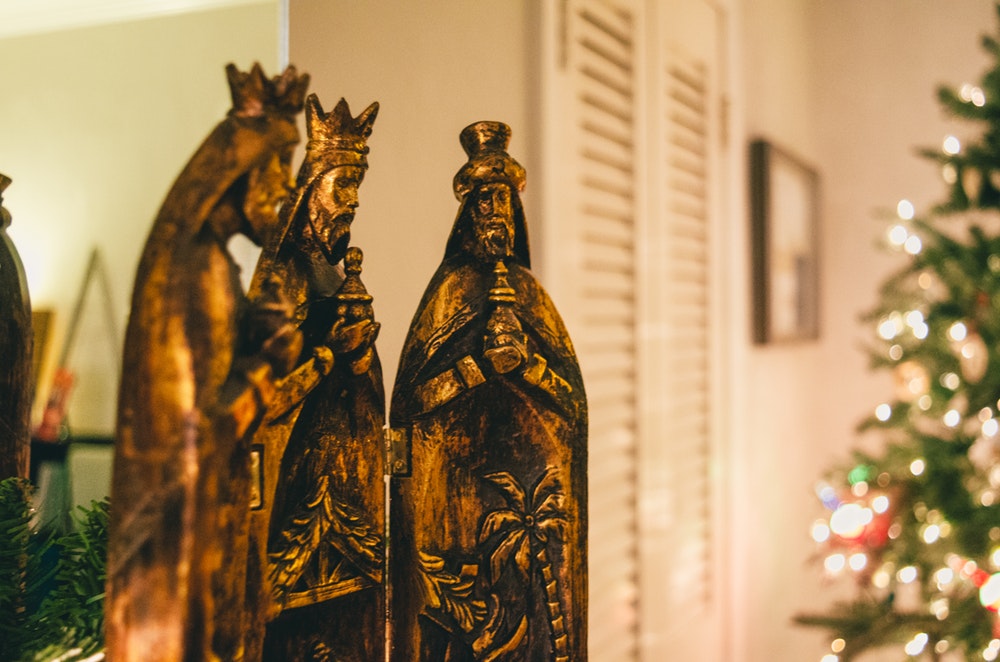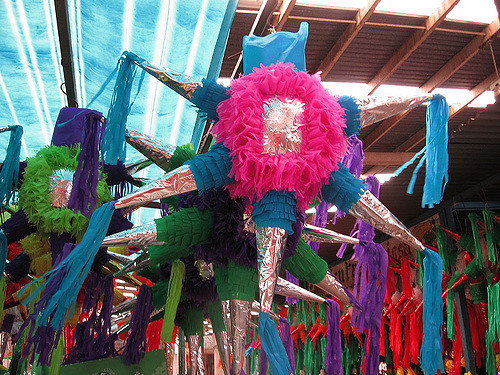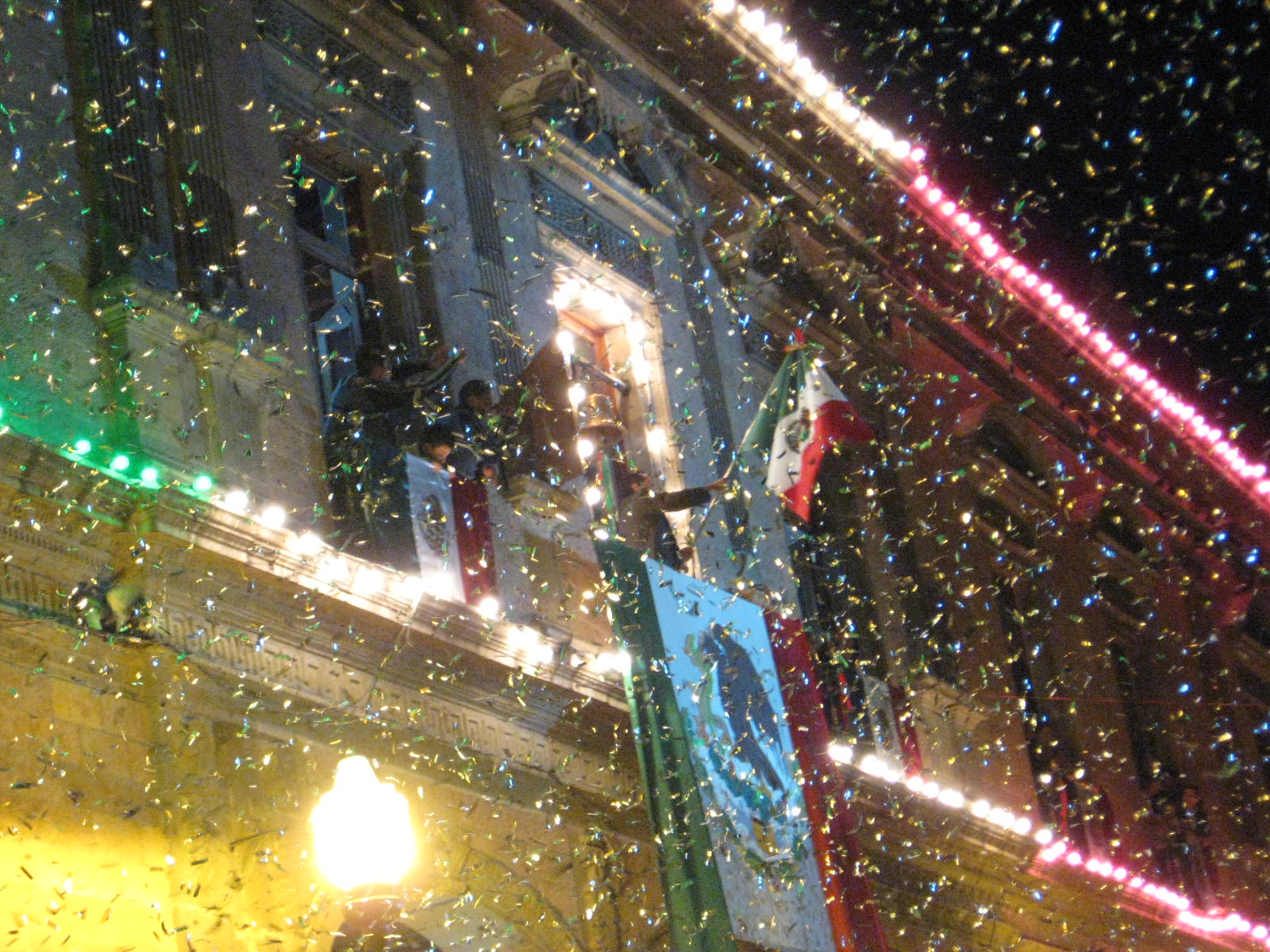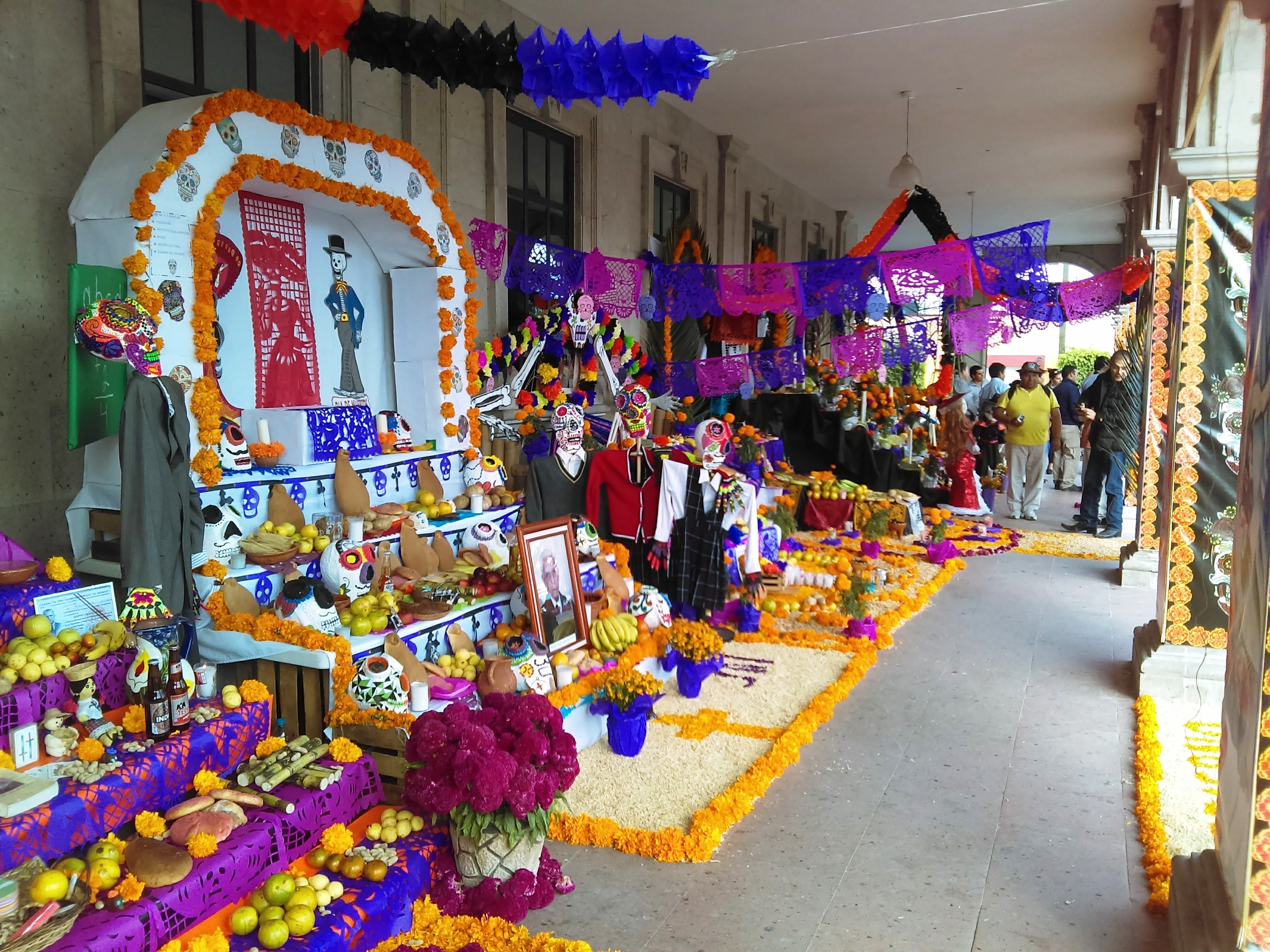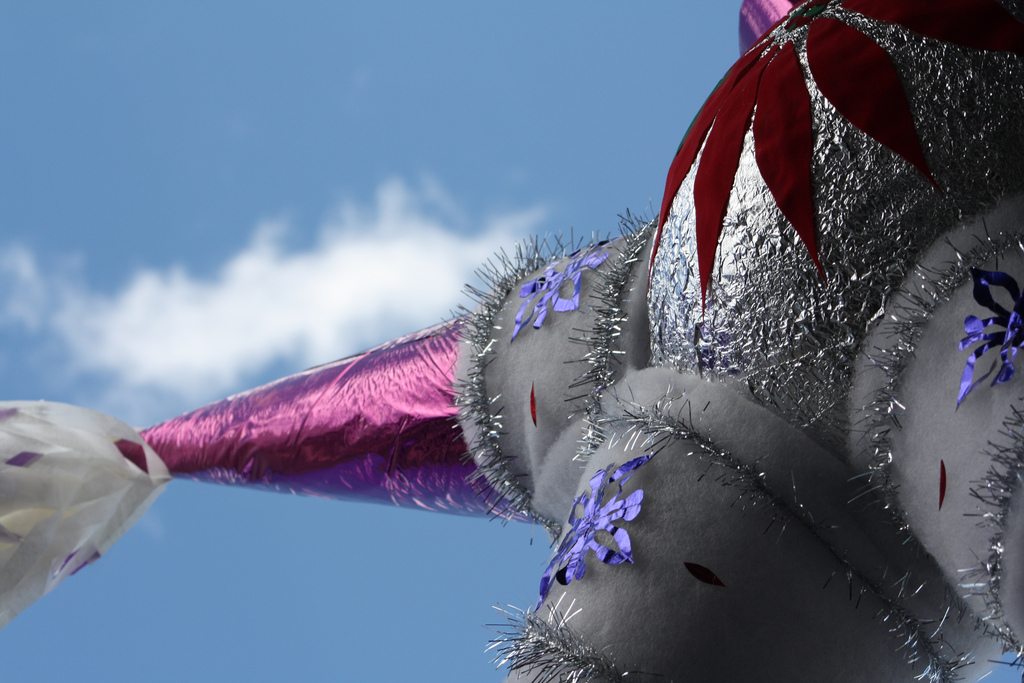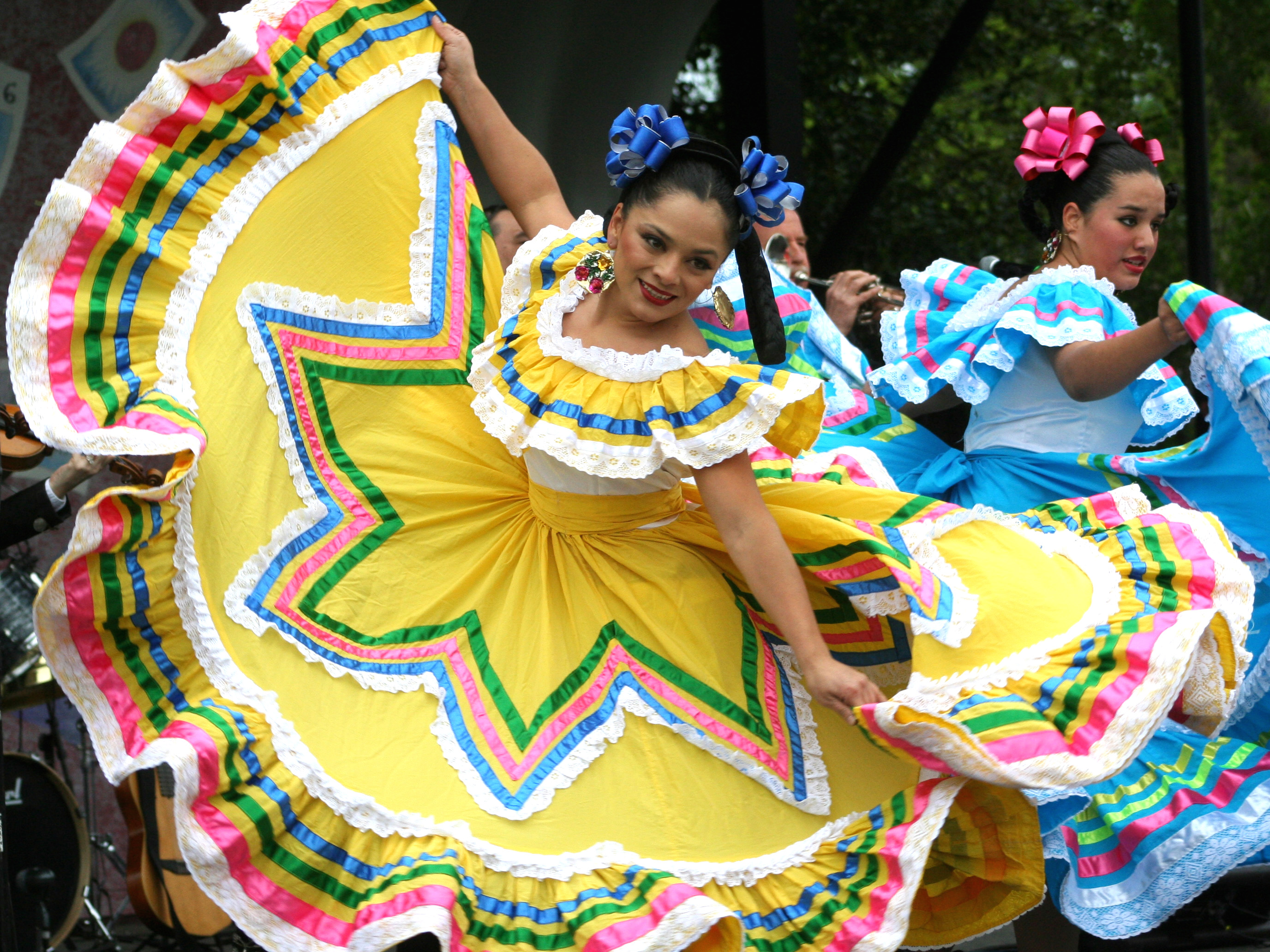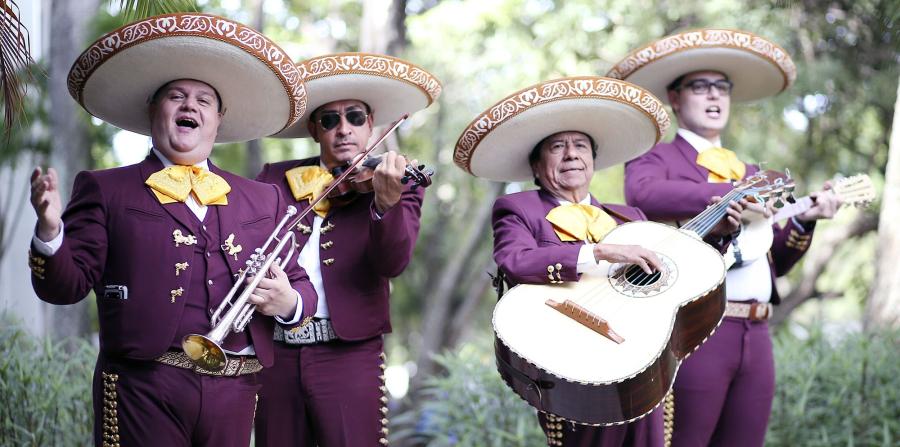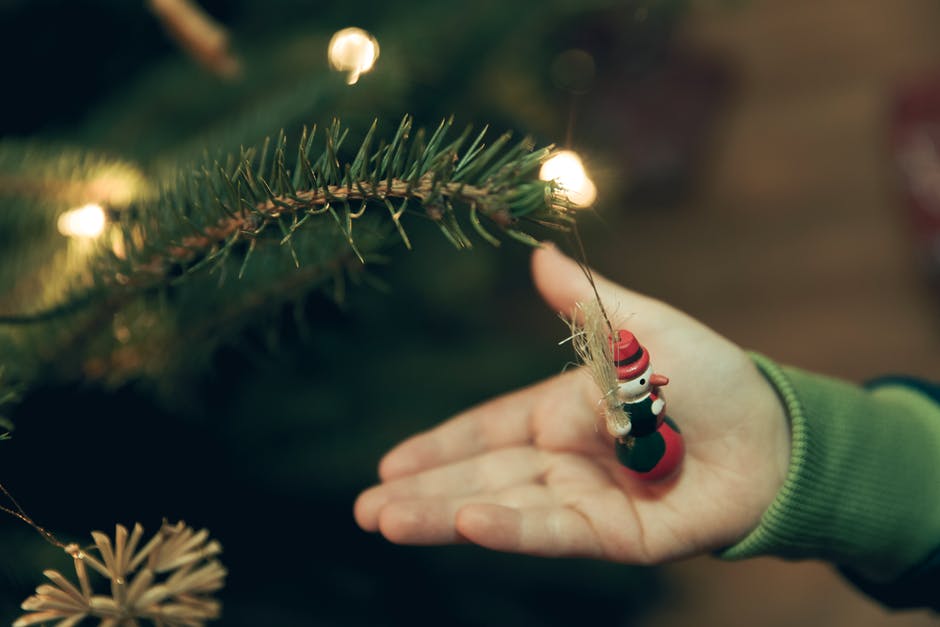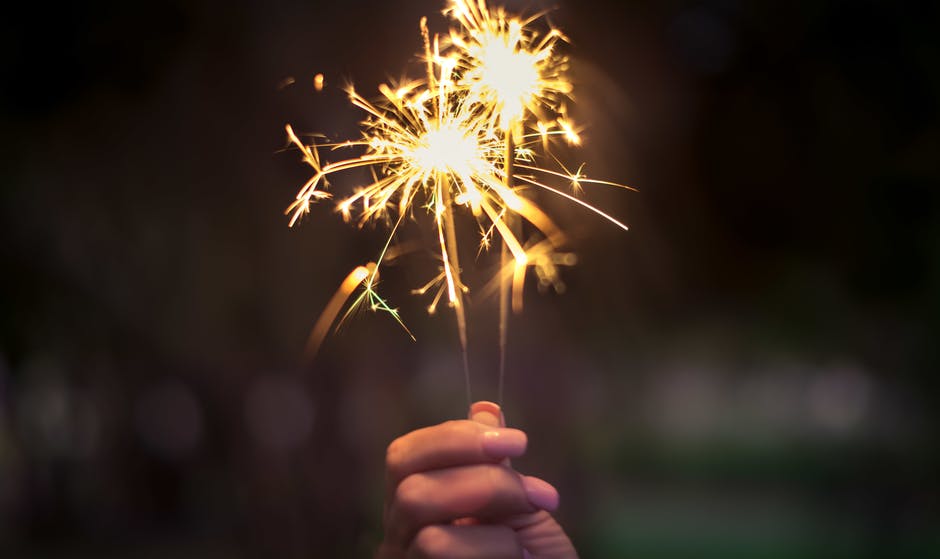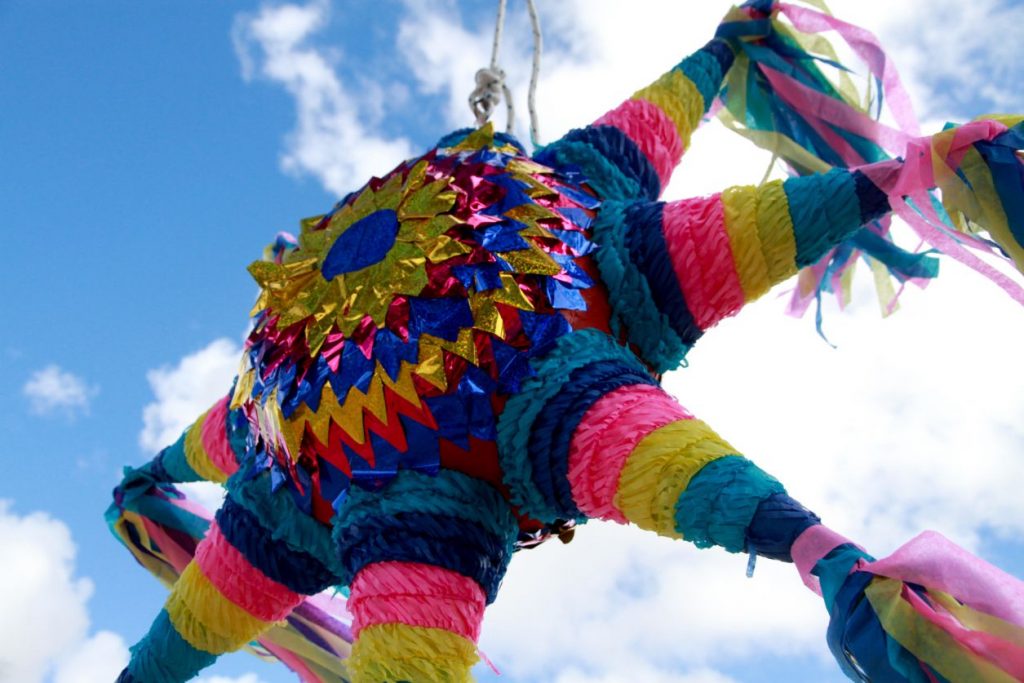In the United States and Canada, Christmas festivities are generally wrapped up by New Year’s Day. In Mexico, however, the festivities are far from over. Mexicans celebrate Dia de los Reyes Magos (known as Epiphany in the English-speaking world) on January 6th. This marks the day that the Three Wise Men visited and brought gifts for baby Jesus. It is tradition for families to get together on this day, exchange gifts and, of course, feast with delicious meals.
The Arrival of the Reyes Magos
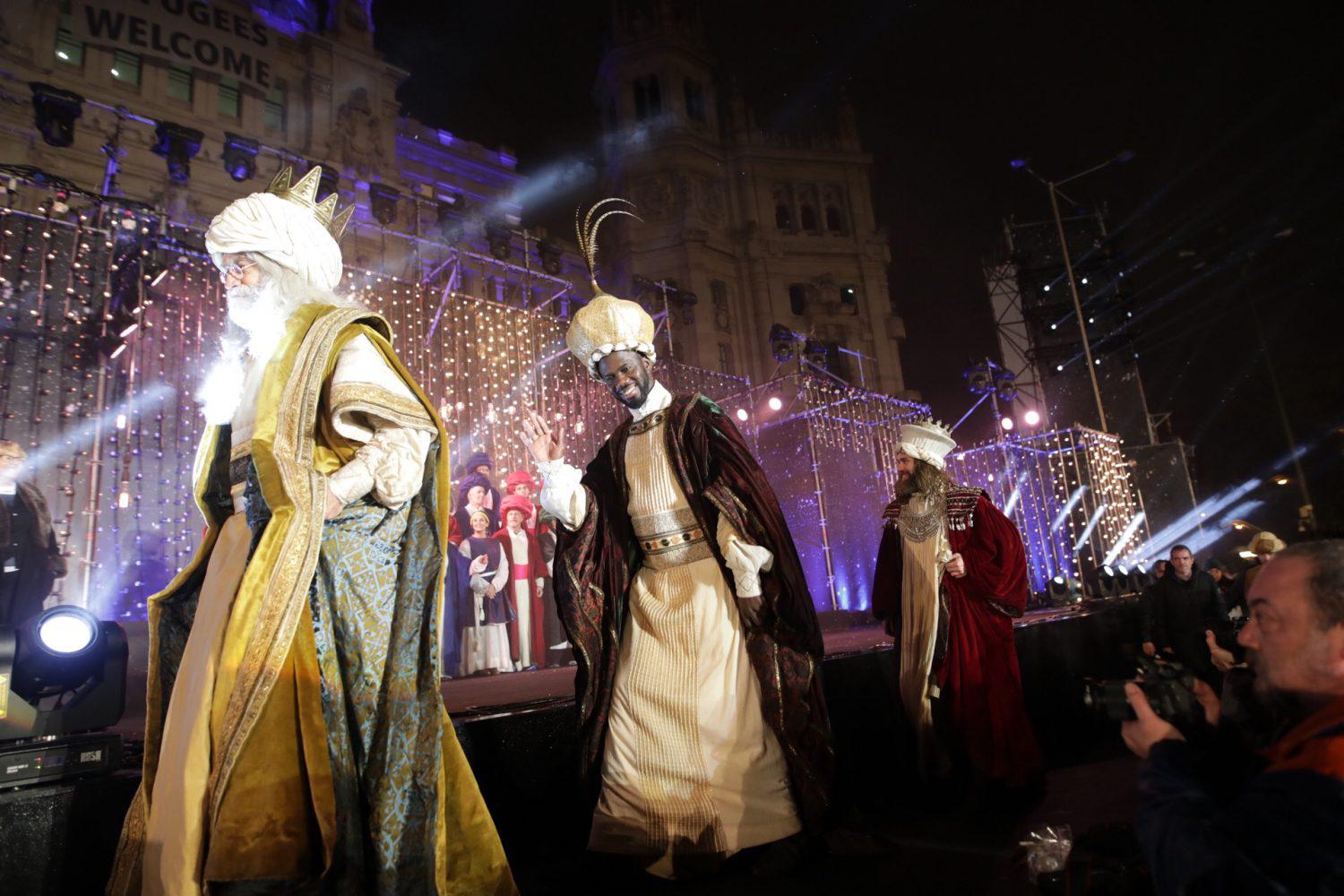
One of the most important elements of the Dia de los Reyes Magos is the rosca de reyes, or the wreath of the kings. This is a large, oval-shaped cake featuring sweetened dried fruit, which represents the jewels on a crown. A small white figurine representing baby Jesus is hidden inside the cake. This mimics the hiding of Jesus from King Herod. Slices are served from the cake to every attendee. Whoever gets the cake with the figurine then has to host a tamale dinner on Dia de la Candelaria on February 2nd.
However, for children, the exciting bit takes place on the 6th in the morning. On the night of the 5th, the Three Wise Men travel by elephant, camel and horse to visit the house of every well-behaved child. They leave gifts behind as a representation of the gifts brought to baby Jesus. The following morning, children will awake early and open their presents. Many children in Mexico today get presents both from Santa Claus and the Three Wise Men.
Dia de la Candelaria: Feburary 2nd
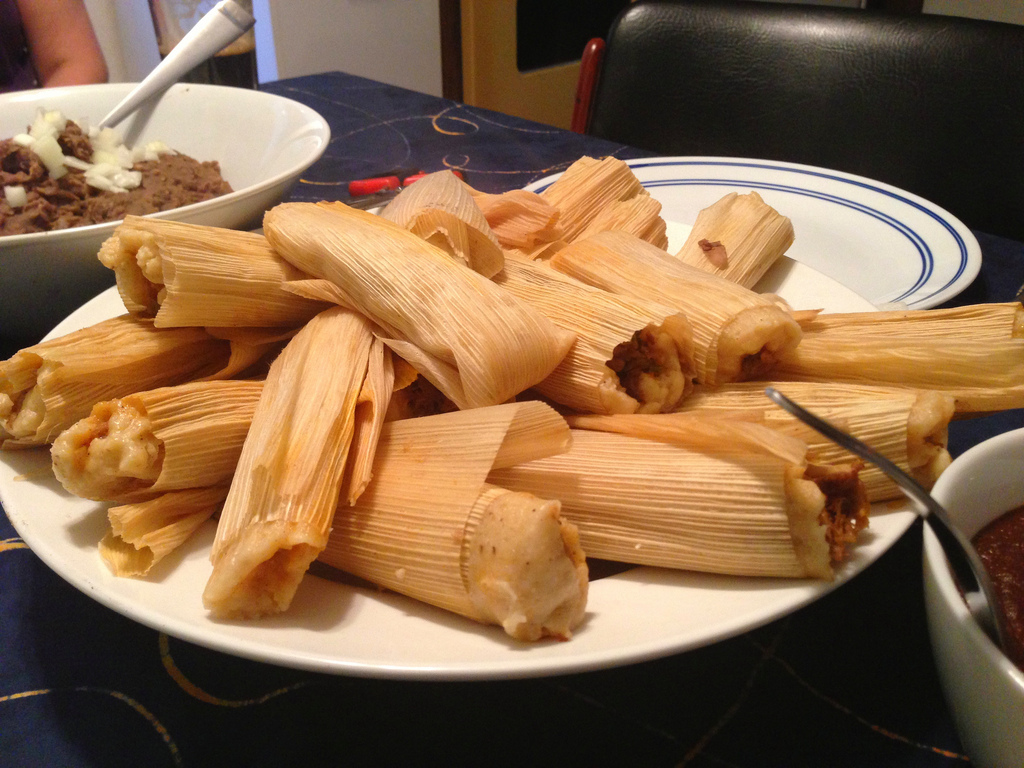
While the United States and Canada celebrate Groundhog Day, Mexico is looking another way. Dia de la Candelaria is known as Candlemas in English. The tradition of Groundhog Day is echoed as well in an old English saying:
If Candlemas be fair and bright,
Winter has another flight.
If Candlemas brings clouds and rain,
Winter will not come again.
In Mexico however, the celebration on this day is quite different. Throughout the country on this day people dress up figurines of the Christ Child in special holiday outfits and take them to the church to be blessed by the priest, and are then carried around by their owners as part of the celebrations. Another part of the tradition is to bring candles to mass, so you might notice some beautiful examples being sold around this time in some of the shops.
A dinner gathering featuring tamales is then hosted by the person who found the figurine in the Rosca De Reyes during Dia De Los Reyes Magos. Tamales are dumplings made of masa (corn dough) stuffed with either savory or sweet fillings, and then wrapped in a corn husk and steamed – this is a staple dish for many families who often have their own secret recipes. Often this is also the day when many people take down their Christmas decorations so the added help of party attendees is very welcomed!
Become a part of Mexican culture

After Dia de la Candelaria things get back to normal – until the next round of festivities! If you are in Mexico during February, be sure to take part in celebrations during this time. It is a great way to experience authentic Mexican culture, as these are celebrations that are deeply important to devout Mexicans across the country. It’s a beautiful view into the culture and lifestyle of the Mexican people, and a great way to get to know your Mexican friends and family.
The best way to get involved in the culture, of course, is by living it. So, if you’re considering retirement abroad, don’t overlook Mexico. We have thousands of properties suited for all styles, needs and budgets. Make sure to contact our Top Mexico Real Estate Buyer’s Representatives and start looking for your dream home in Mexico!


